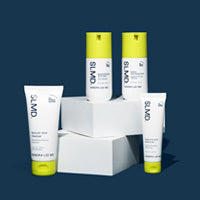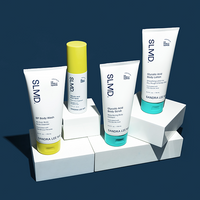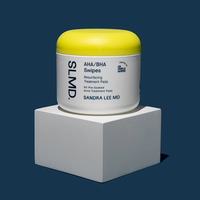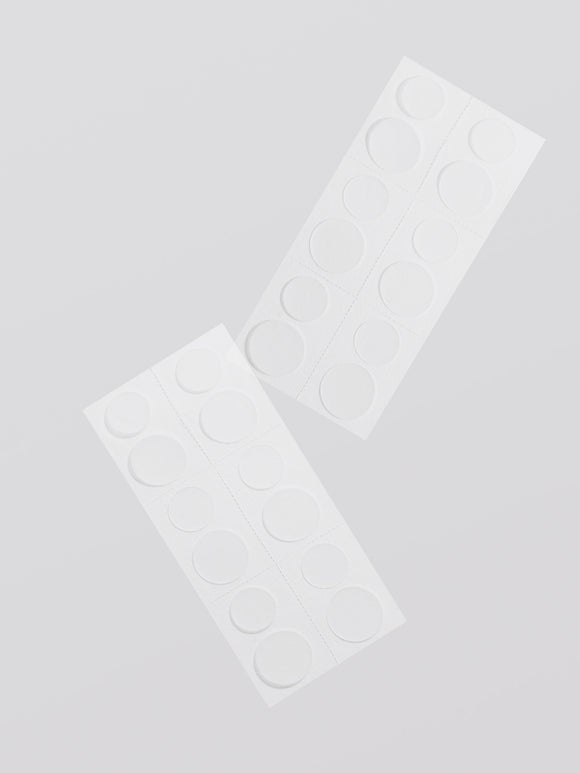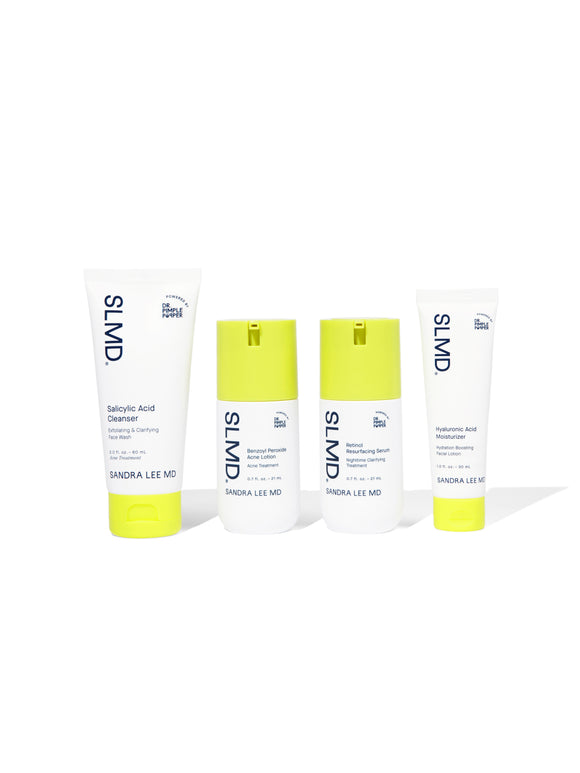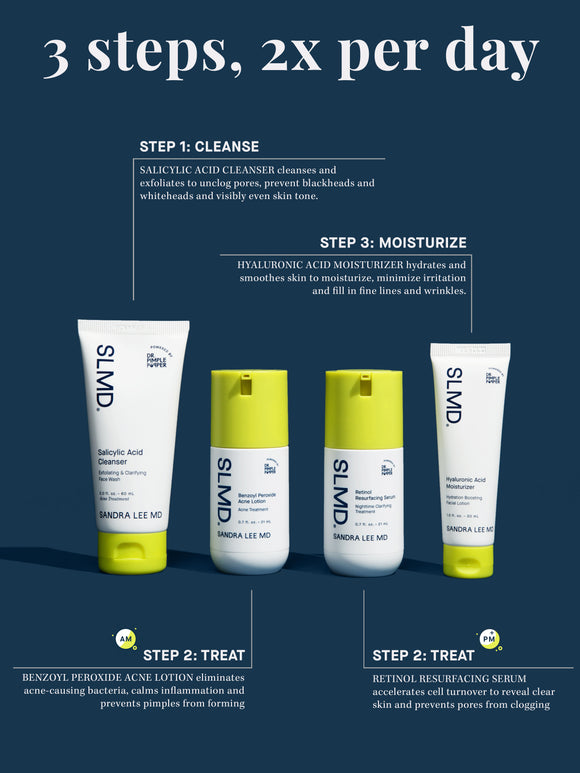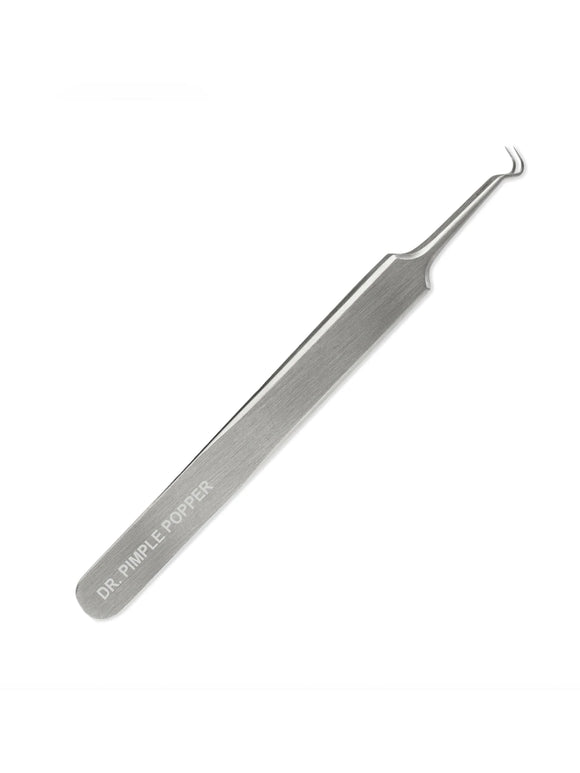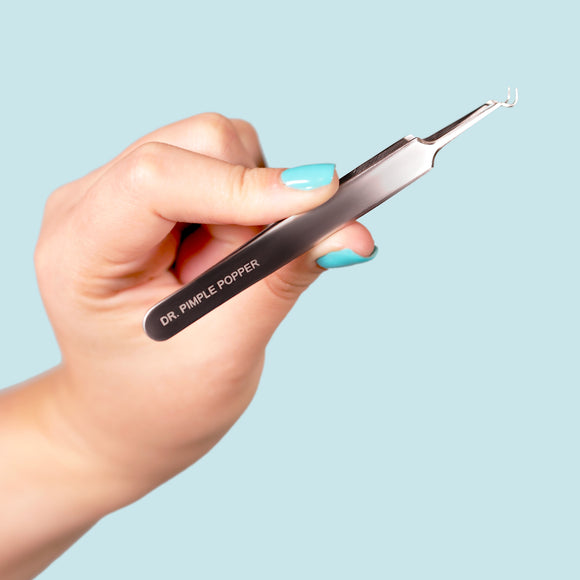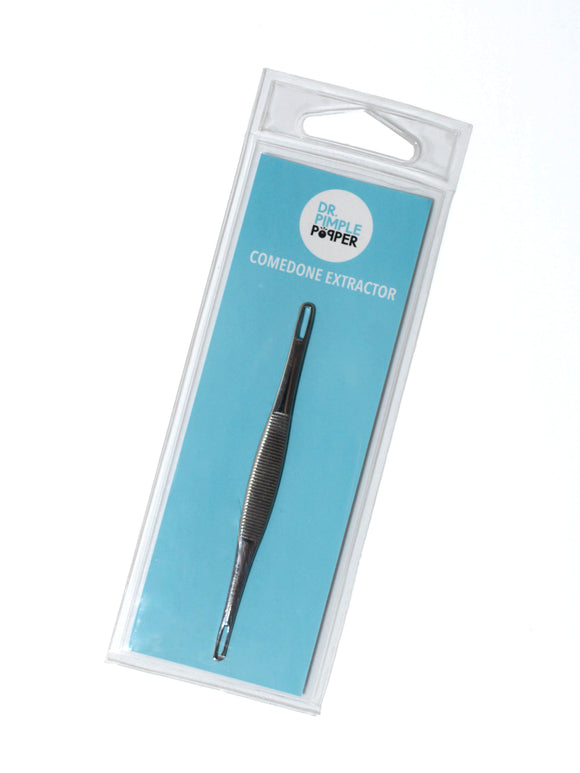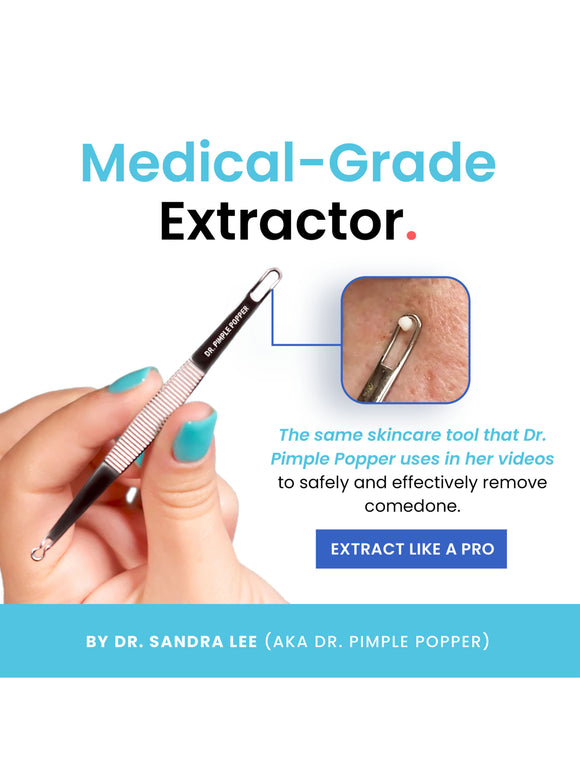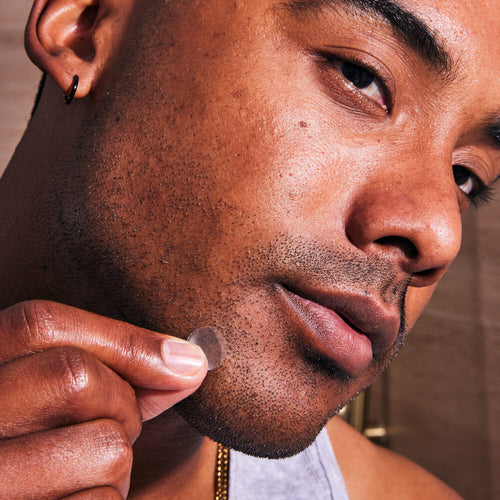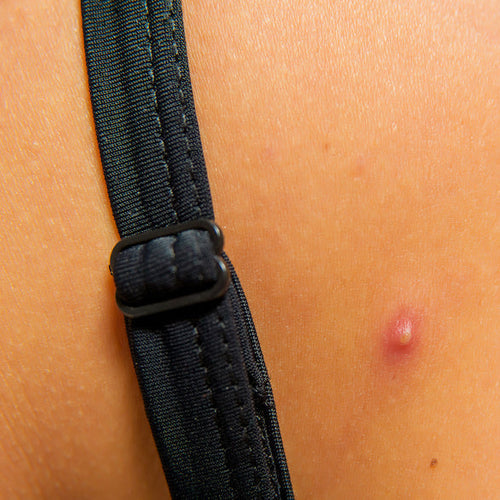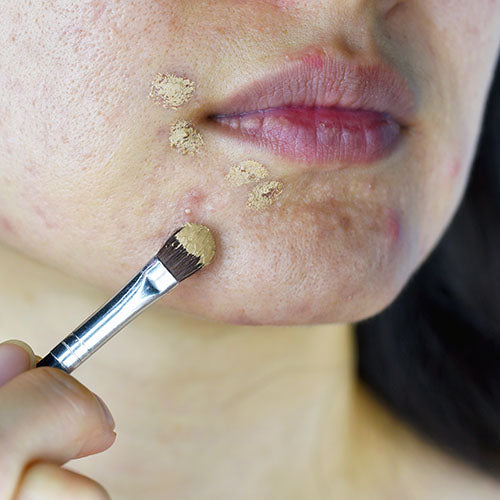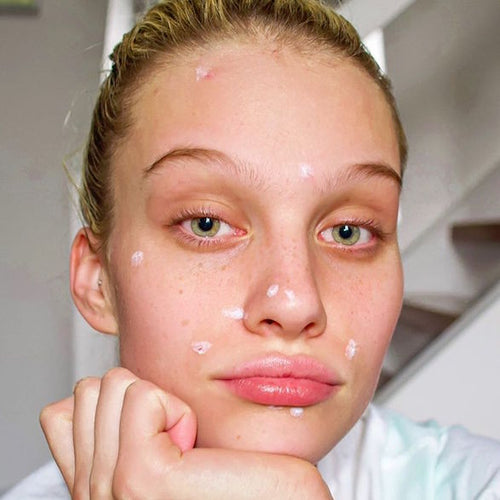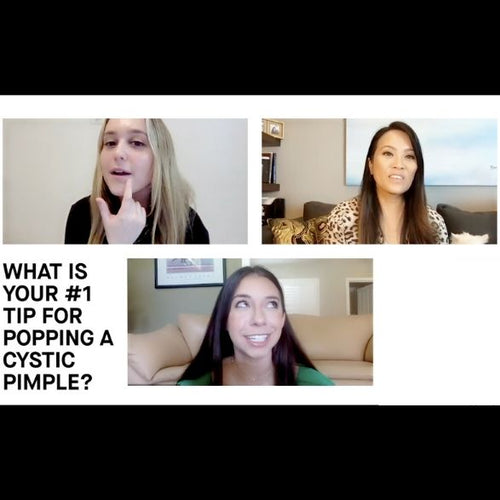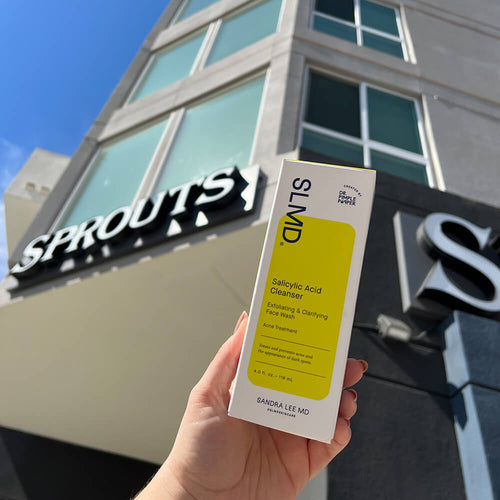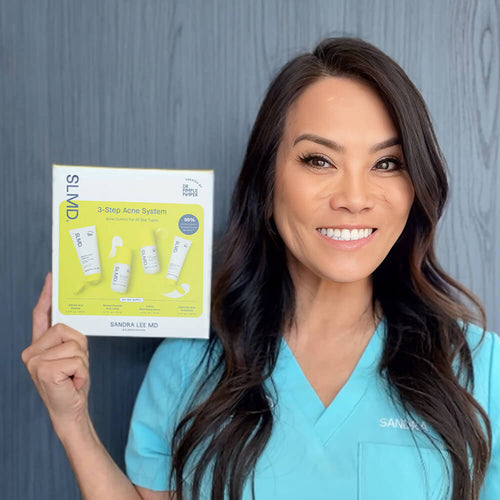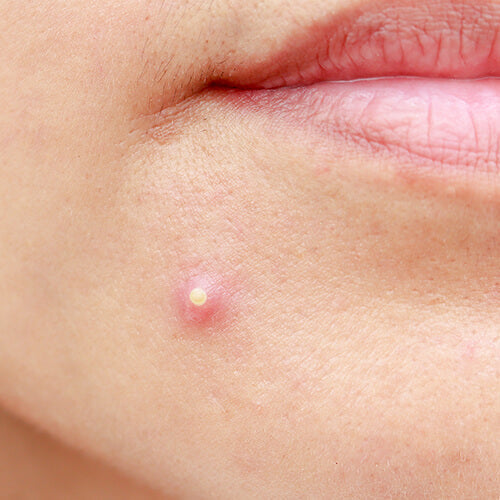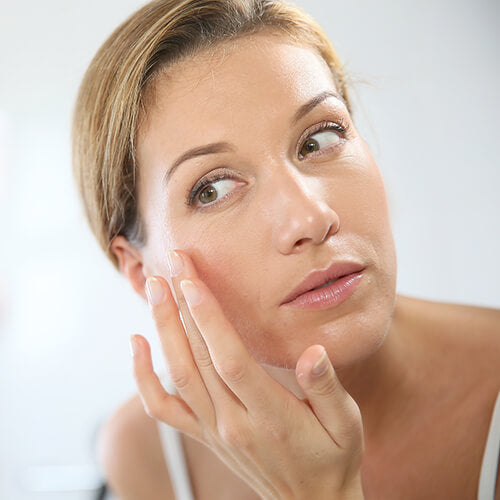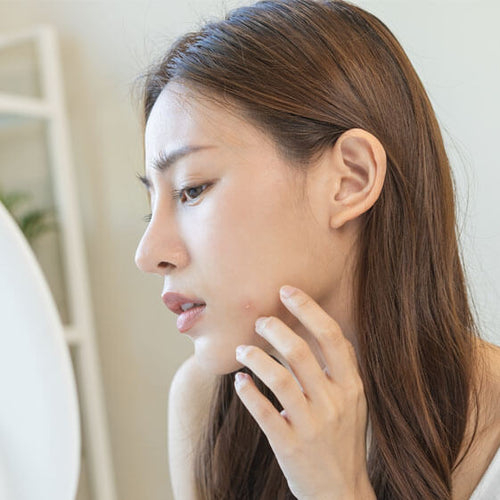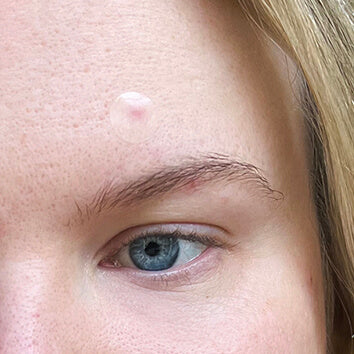
Acne Patches: Dr. Pimple Popper's Guide
From low-key clear to puffy pink hearts, pimple patches are acne's latest "it" product — here's everything you need to know.
Published:
5 minute read
In case you hadn’t noticed, pimple patches — aka “zit stickers” — are having a moment. Take Justin Beiber’s recent Internet-busting paparazzi pics, showing off his face adorned in novelty-shaped acne stickers.
Time for a pimple PSA: not all acne patches are created equal. Some of them use hydrocolloid technology, others are medicated, and more than a few make your pimples look like retro Colorforms.
Some of you might be wondering: do pimple patches even work? And if so, how do you choose the best one (beyond coordinating with your mani)? To find out, we talked to America’s acne expert: Sandra Lee, MD (aka Dr. Pimple Popper) to learn everything there is to know about pimple patches.
Article Quick Links
What are pimple patches?
Fun fact: acne patches have been around since the 1700s, when wealthy Parisians used velvet shapes to cover pimples and smallpox lesions. Thankfully, they’ve evolved since then to include products that go well beyond simply camouflaging blemishes.
Modern pimple patches are adhesive acne treatments designed to be left on a pimple for an extended time period. They help protect pimples from picking and popping, or being contaminated with dirt or makeup. Some of them claim to speed healing (more on that in a minute).
Depending on the product, an acne sticker may have active ingredients infused into it — tea tree oil or salicylic acid, for example. Some pimple patches are designed to absorb moisture, and many of them come in a variety of shapes and sizes.

Non-hydrocolloid pimple patches like SLMD Salicylic Acid Pimple Patches can be nearly invisible.
What are the different types of acne patches?
Beyond all the different shapes, adhesive acne treatments vary based on factors like their thickness and their primary function.
Pimple patches generally fall into one of two categories:
- Hydrocolloid: Developed primarily for wound healing, these adhesive bandages protect the pimple and form a whitish gel when they absorb moisture from the skin. They may also contain active ingredients.
- Non-hydrocolloid: Thinner and more transparent than hydrocolloids, these stickers are designed to protect pimples and deliver acne-fighting ingredients consistently over a period of time.
Some acne patches use a combination of active ingredients and hydrocolloid technology.
Dr. Pimple Popper's Acne Spot Treatment Picks
Do pimple patches actually work?
The short answer: it depends. According to Dr. Lee, whether or not pimple patches really ”work” depends on how you define the job. If your goal is to shrink a pimple, a patch that contains an active ingredient like salicylic acid is your best option. If you’ve got an open wound following an overzealous popping session, a hydrocolloid patch can help soothe and promote healing.
Dr. Lee says that when developing her pimple patches for SLMD Skincare, she wanted to focus on delivering active ingredients proven to actually reduce acne and inflammation. “My Salicylic Acid Pimple Patches contains salicylic acid to penetrate pores and treat pimples, along with kaolin clay to absorb oil and pus,” she explains. “Hydrocolloid patches can protect and help heal, but they’re not an acne treatment, per se.”
It's worth noting that pimple patches aren't a long-term acne solution, says Dr. Lee. If you're dealing with chronic breakouts, it's important to use a regimen (like SLMD Acne System) to treat and prevent acne at every stage by keeping pores clear and bacteria at bay.
Which pimple patches work the best?
We’ve established how different types of acne patches work for certain acne care goals. So let’s take a look at some of the most common questions Dr. Pimple Popper gets asked to determine if pimple patches are right for you.
Q: When should I use a pimple patch?
A: You can apply acne patches as soon as you see or feel a pimple coming on. Any type of patch will help prevent you from picking, but remember that unless your pimple is an active pustule (i.e., it’s got white pus coming out of it), a medicated, non-hydrocolloid product is the only type of patch that can actually “treat” it.
Q: Do hydrocolloid patches work on blackheads?
A: If you’ve got a non-inflammatory pimple (aka a blackhead or whitehead), a hydrocolloid acne patch isn’t going to help you. As mentioned earlier, these types of patches work by absorbing excess fluid, which isn’t present inside a blackhead. Your best bet is to deliver acne-fighting ingredients directly to the pimple to try to unclog the pore. Try: SLMD Salicylic Acid Pimple Patches.
Q: What are salicylic acid pimple patches?
A: Some acne patches (both hydrocolloid and non-hydrocolloid) are infused with salicylic acid, which is a beta hydroxy acid that excels at penetrating and clearing out pores. These types of patches are best for shrinking pimples and speeding up healing.
Q: Can I use a pimple patch if I already popped my pimple?
A: Against Dr. Pimple Popper’s advice, you’ve squeezed, picked or popped (and potentially created a disaster). This is where a hydrocolloid patch — meant for wound healing — could come in handy. They draw moisture out of the skin, including any pus that remains after your pop session.
Q: Do acne patches work for cystic acne?
A: If you can feel a deep-rooted inflammatory or cystic pimple coming on, hate to break it to you, but no sticker in town is going to stop that cystic pimple from forming. You’re better off dabbing on some maximum-strength benzoyl peroxide. Try: SLMD BP Acne Spot Treatment.
Q: Can you apply makeup over a pimple patch?
A: If you don’t want anyone to know you’re treating a pimple, opt for an ultra-thin, matte-finish, translucent pimple patch rather than a thick, hydrocolloid one. Some products (including SLMD Salicylic Acid Pimple Patches) can also be covered with makeup if you want to go extra-stealth.
Q: Can you apply spot treatment underneath a pimple patch?
A: Generally speaking, acne patches stick best to clean, dry skin — which rules out applying any type of cream, ointment or lotion-based spot treatment first. However, liquid solutions that dry with no residue (like SLMD SA Acne Spot Treatment) work great both before and after pimple patches.

Dr. Lee's Last Word
I’m a big proponent of stocking a variety of spot treatments in your medicine cabinet — including pimple patches. I love my SLMD Spot Check because they’re super thin and contain salicylic acid, which actually treats the acne. Sometimes I even wear these to run errands…they’re practically invisible ;-)
